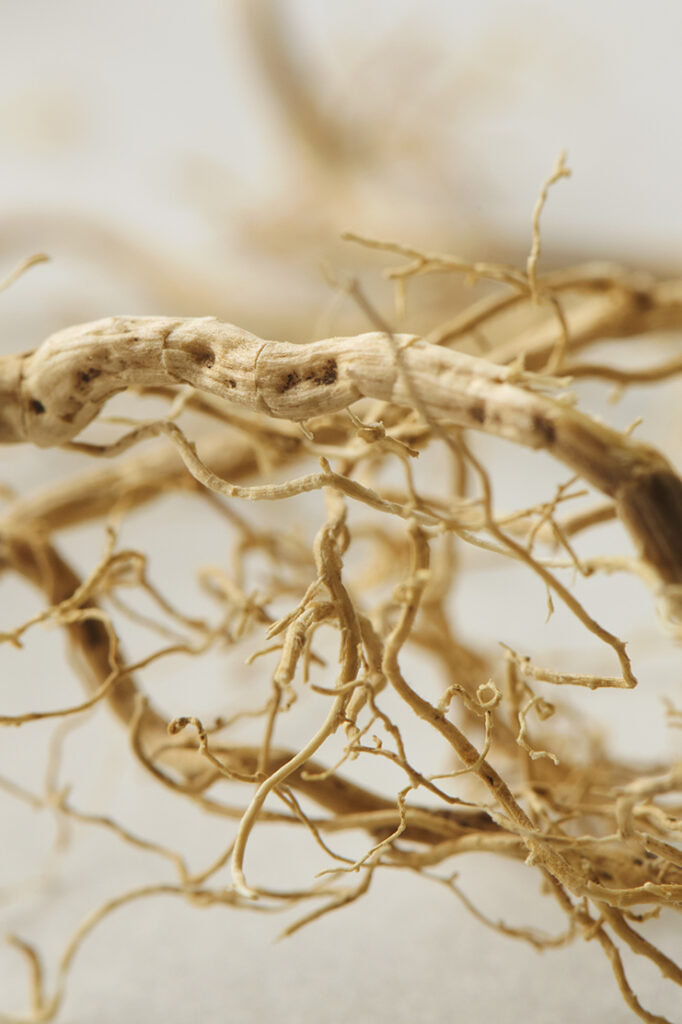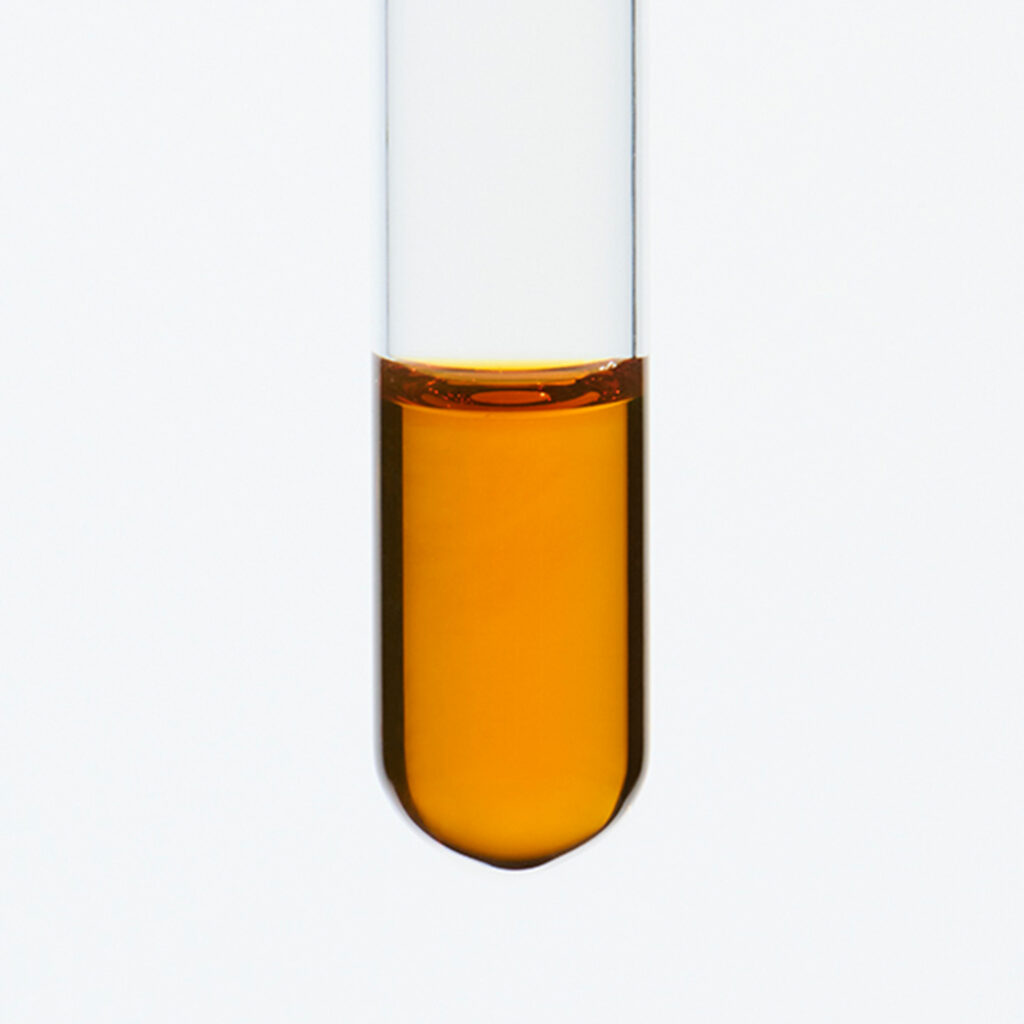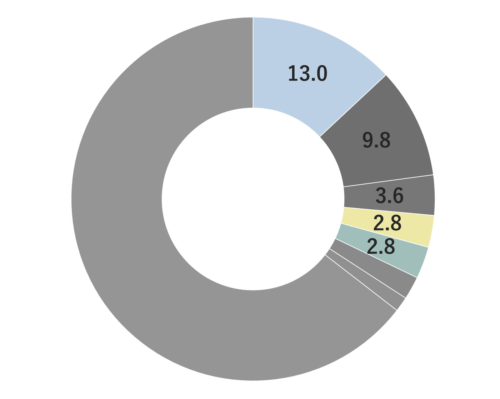Vetiver is a perennial grass of the Poaceae family that grows up to 2 meters tall. It has long, slender leaves, reminiscent of silver grass, reaching lengths of about 2 meters. Its appearance is similar to other grassy plants like Citronella and Lemongrass. The name “Vetiver” is believed to be derived from the Tamil word “Vetiverr,” which translates to “to mow with a spear.” Vetiver has been widely cultivated for various purposes, including its use as a natural soil barrier in rice paddies and fields. It forms clusters of multiple plants, with a complex network of pale yellow to reddish shriveled roots that penetrate deep into the soil. Throughout history, Vetiver has been cultivated in diverse regions, leading to a variety of names for this plant. In India, it’s referred to as “khus-khus,” which translates to “fragrant root.” In Java, it goes by the name “akar wangi,” signifying “dug-up root.”



